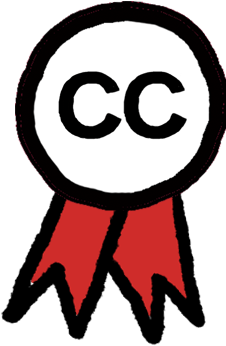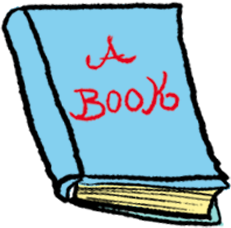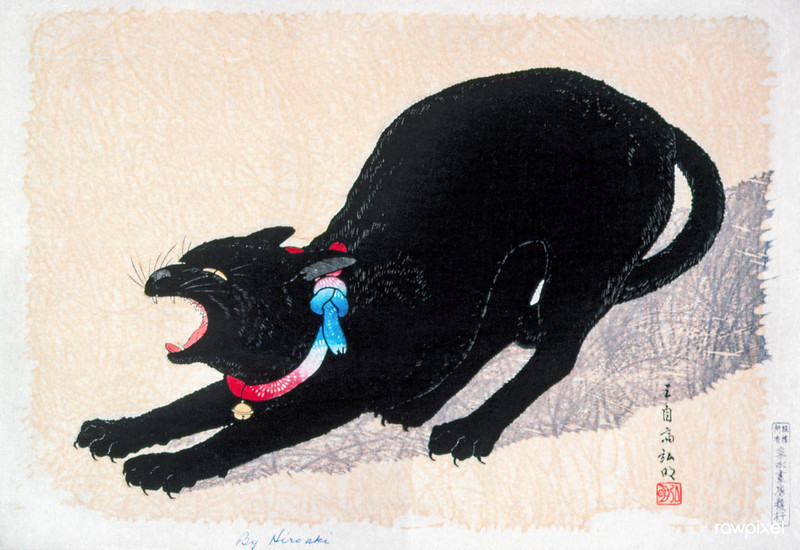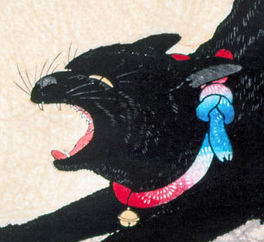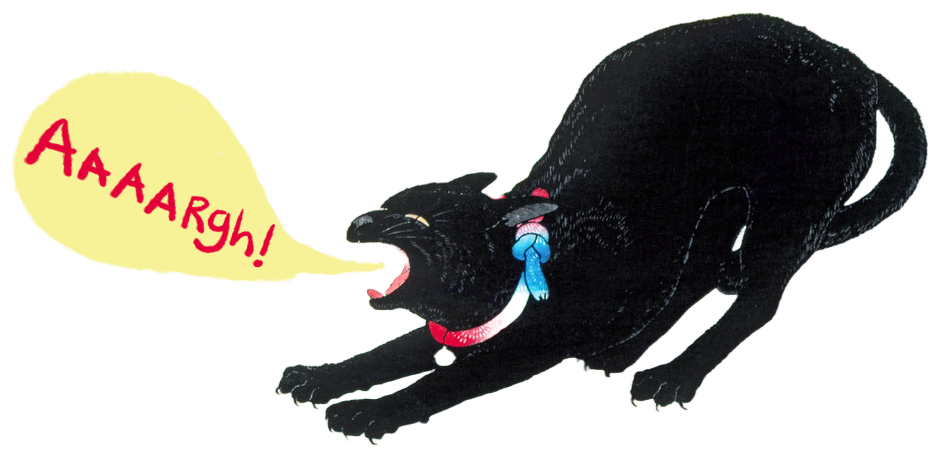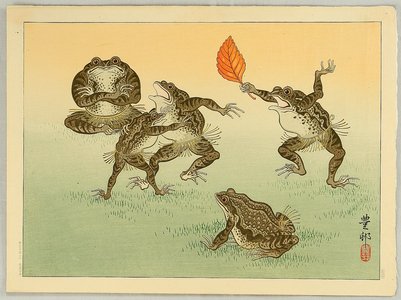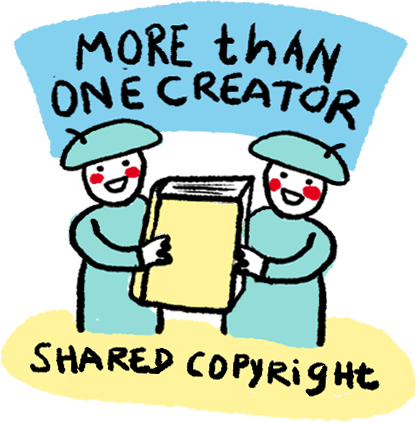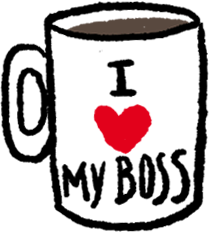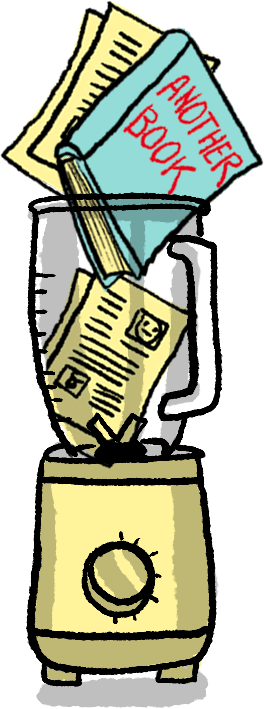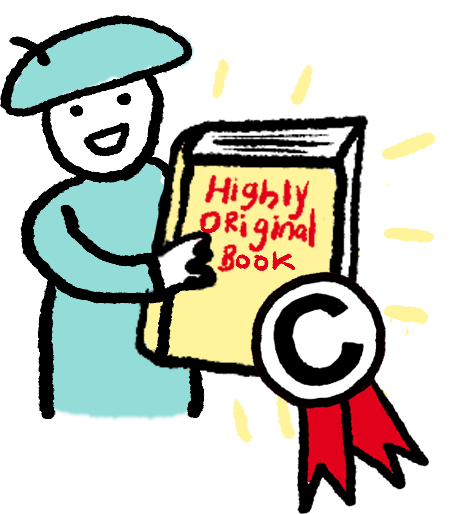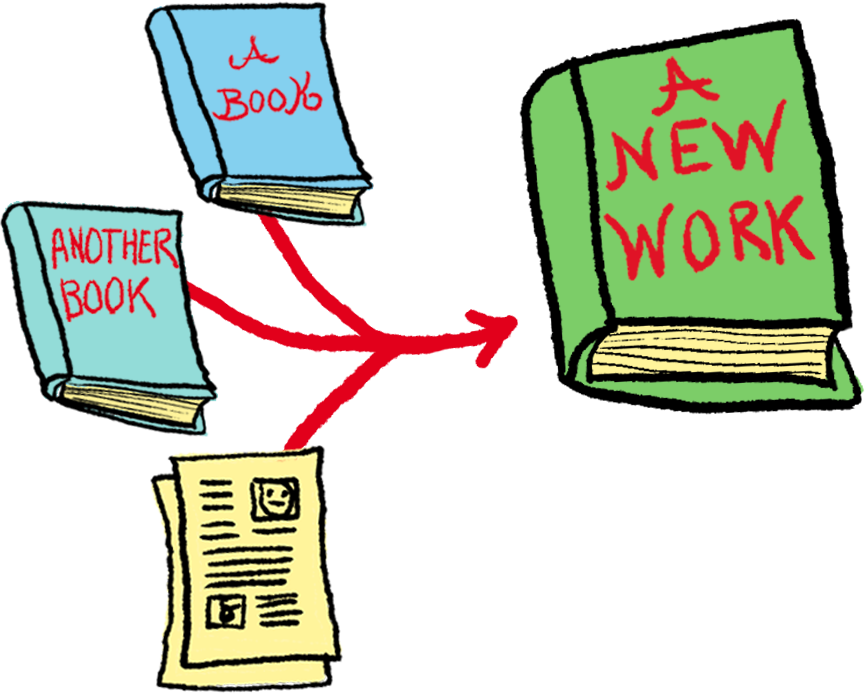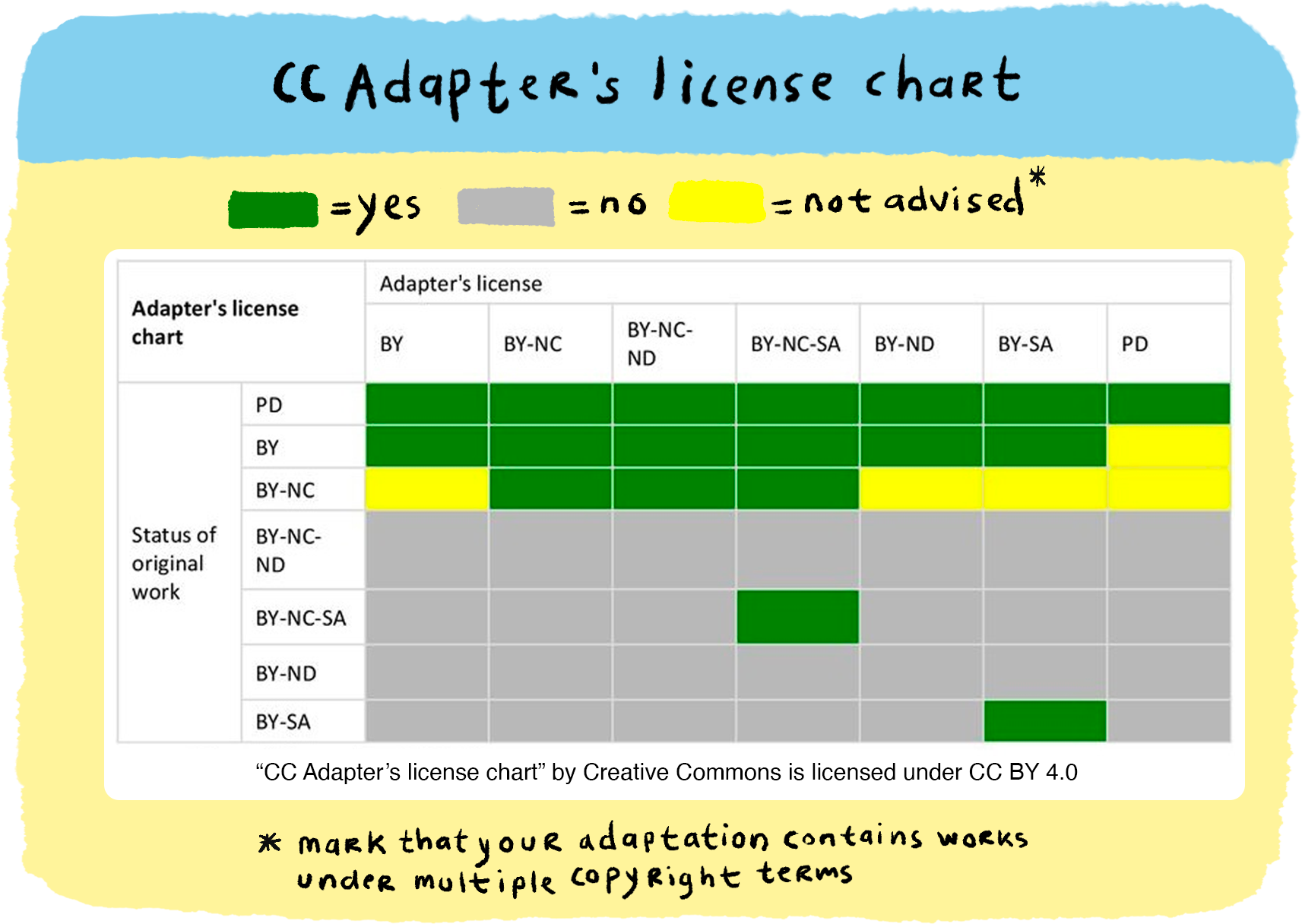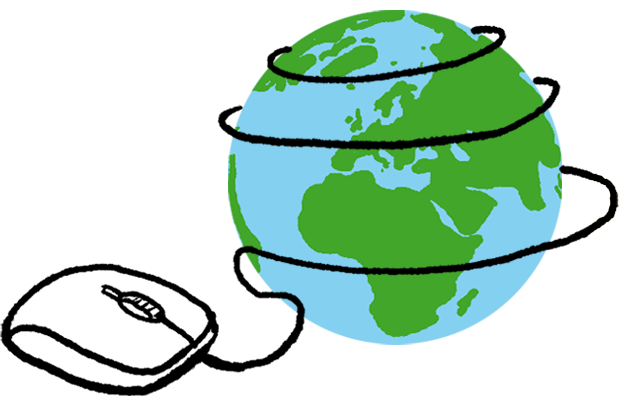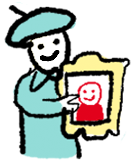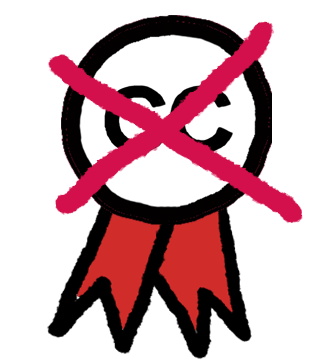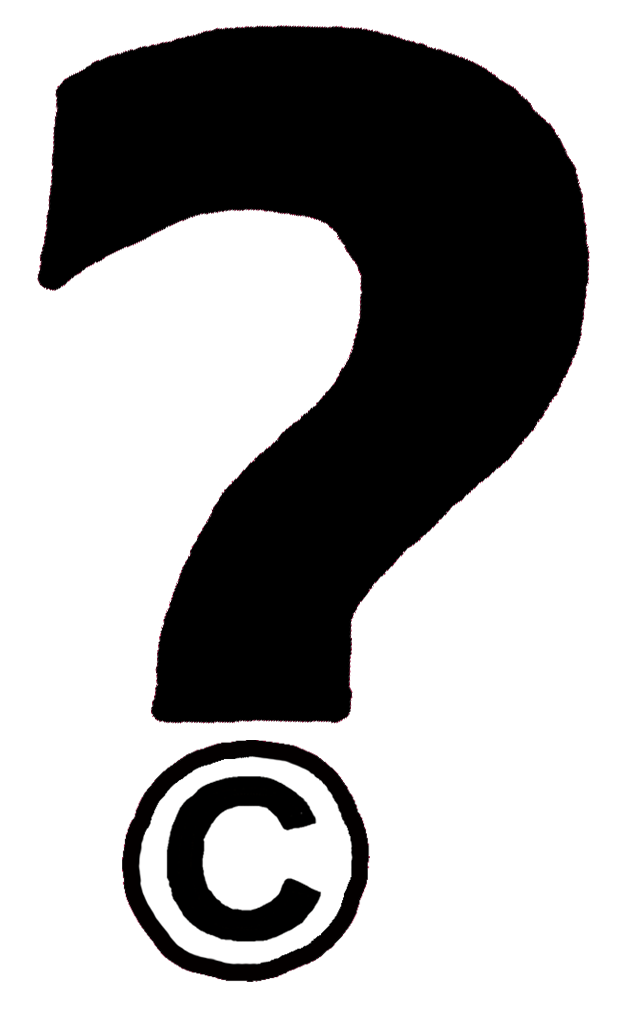The arrangement Creative Commons for Teachers is made with Wikiwijs of Kennisnet. Wikiwijs is an educational platform where you can find, create and share learning materials.
- Author
- Last modified
- 18-03-2025 15:20:37
- License
-
This learning material is published under the Creative Commons Attribution 4.0 International license. This means that, as long as you give attribution, you are free to:
- Share - copy and redistribute the material in any medium or format
- Adapt - remix, transform, and build upon the material
- for any purpose, including commercial purposes.
More information about the CC Naamsvermelding 4.0 Internationale licentie.
Creative Commons for Teachers © 2023 by E. Langhorst, Rotterdam University of Applied Sciences. Except when otherwise noted, content in this work is licensed under CC BY 4.0. Please note: This wikiwijs arrangement was made for the 2023 Creative Commons Certificate Course. This guide is not intended to provide or replace legal advice. The information provided represents the author's understanding of openly licensed content and copyright and is subject to change.

Additional information about this learning material
The following additional information is available about this learning material:
- Description
- This arrangement tells you how to use, alter and share material with a Creative Commons License, without infringing on copyright.
- Education level
- HBO - Master; HBO - Bachelor;
- Learning content and objectives
- Recht;
- End user
- leraar
- Difficulty
- gemiddeld
- Keywords
- auteursrecht, copyright, creative commons



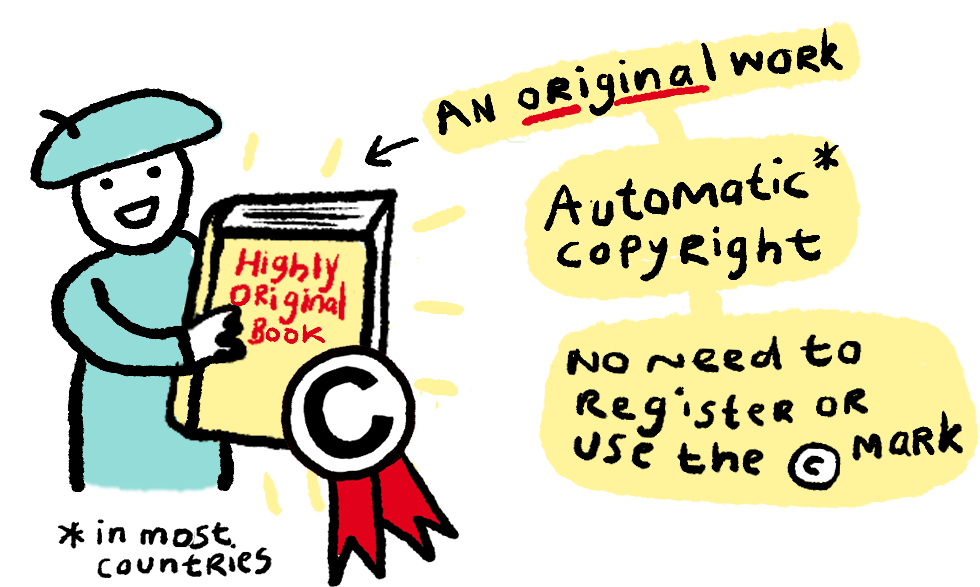 The instant an work is created it is protected by copyright. Copyright protects all works of literature, science, and art that are original.
The instant an work is created it is protected by copyright. Copyright protects all works of literature, science, and art that are original.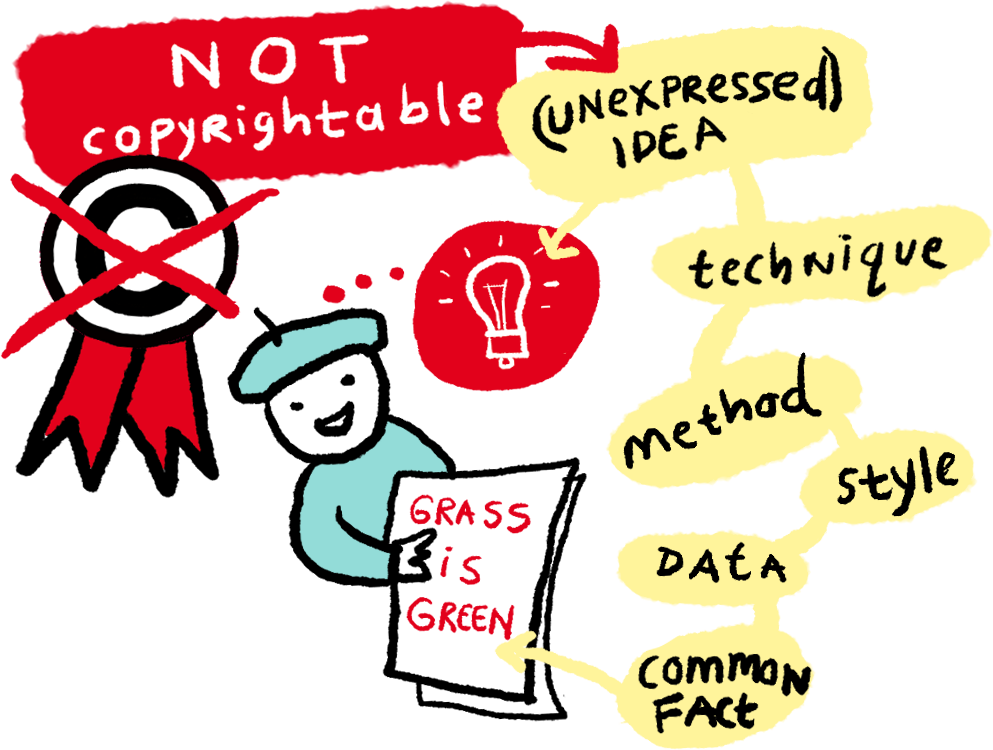
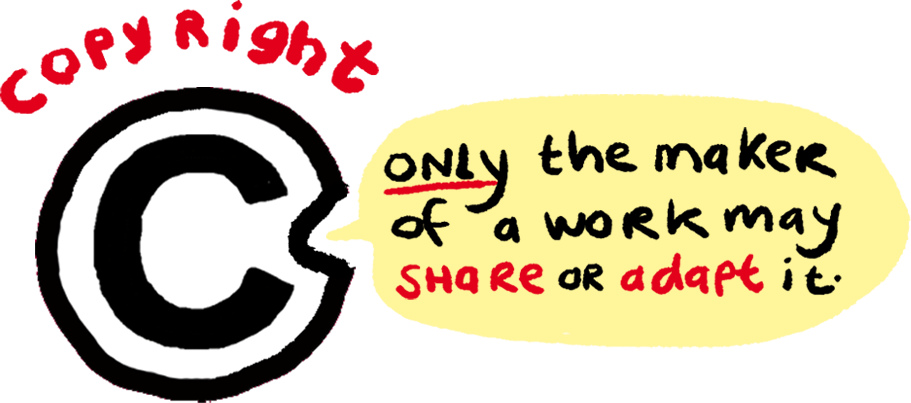
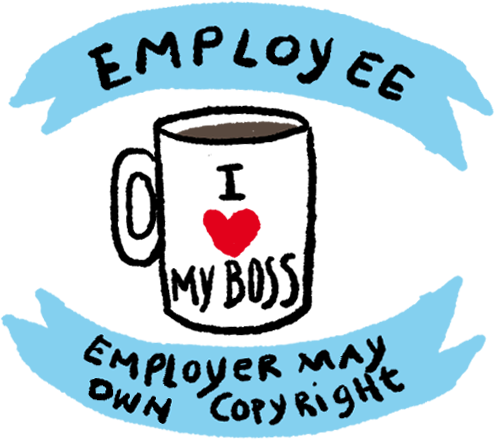 copyrighted. If others want to (re)use it they will need permission. Note that the maker of a work may not be the copyright holder. For works created in employment the employer may be the copyright holder.
copyrighted. If others want to (re)use it they will need permission. Note that the maker of a work may not be the copyright holder. For works created in employment the employer may be the copyright holder.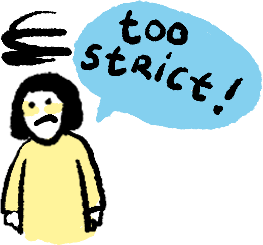 Exceptions for education
Exceptions for education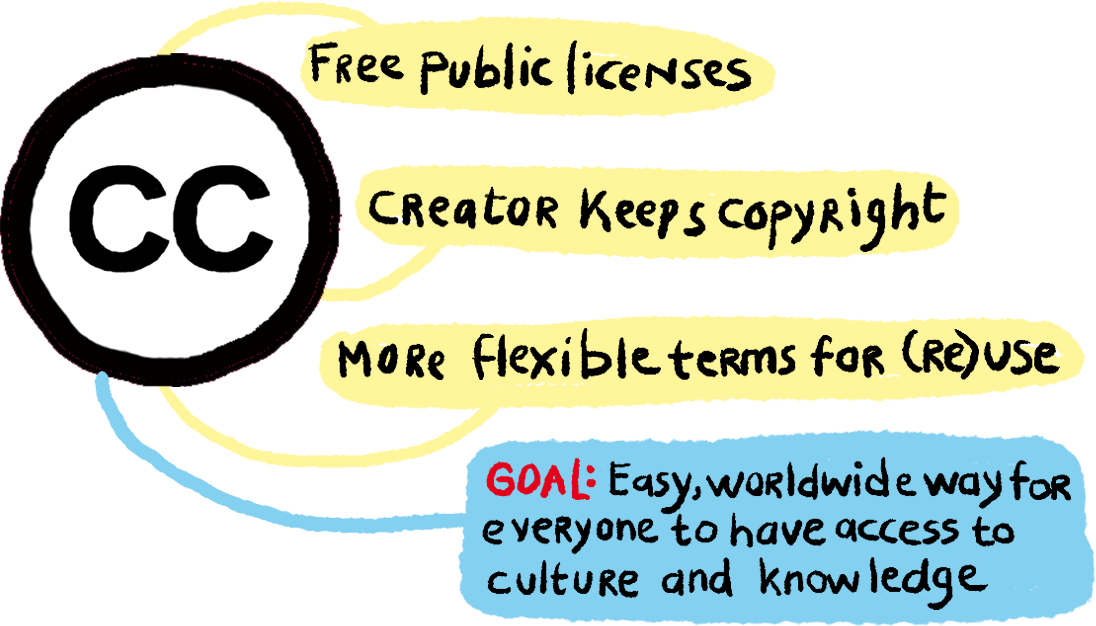
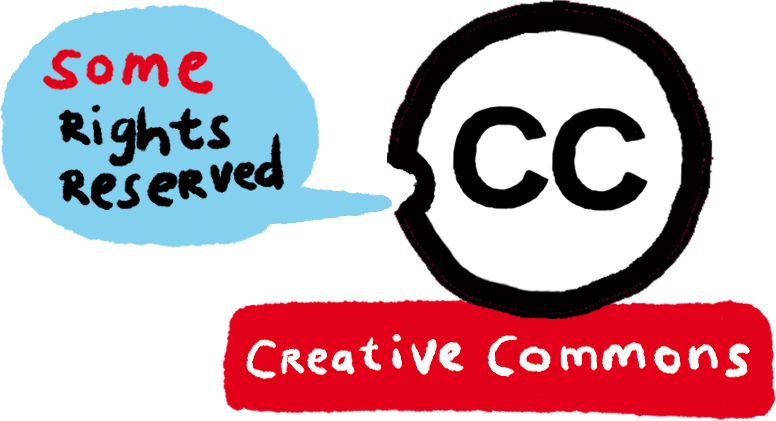 There are several different Creative Commons Licenses. If you want to use a material that has a Creative Commons license it is key to check which license is used. A material’s license indicates what is allowed. When you yourself want to give a work you’ve created a Creative Commons license, what you want to permit determines which of the licenses is suitable to apply.
There are several different Creative Commons Licenses. If you want to use a material that has a Creative Commons license it is key to check which license is used. A material’s license indicates what is allowed. When you yourself want to give a work you’ve created a Creative Commons license, what you want to permit determines which of the licenses is suitable to apply. 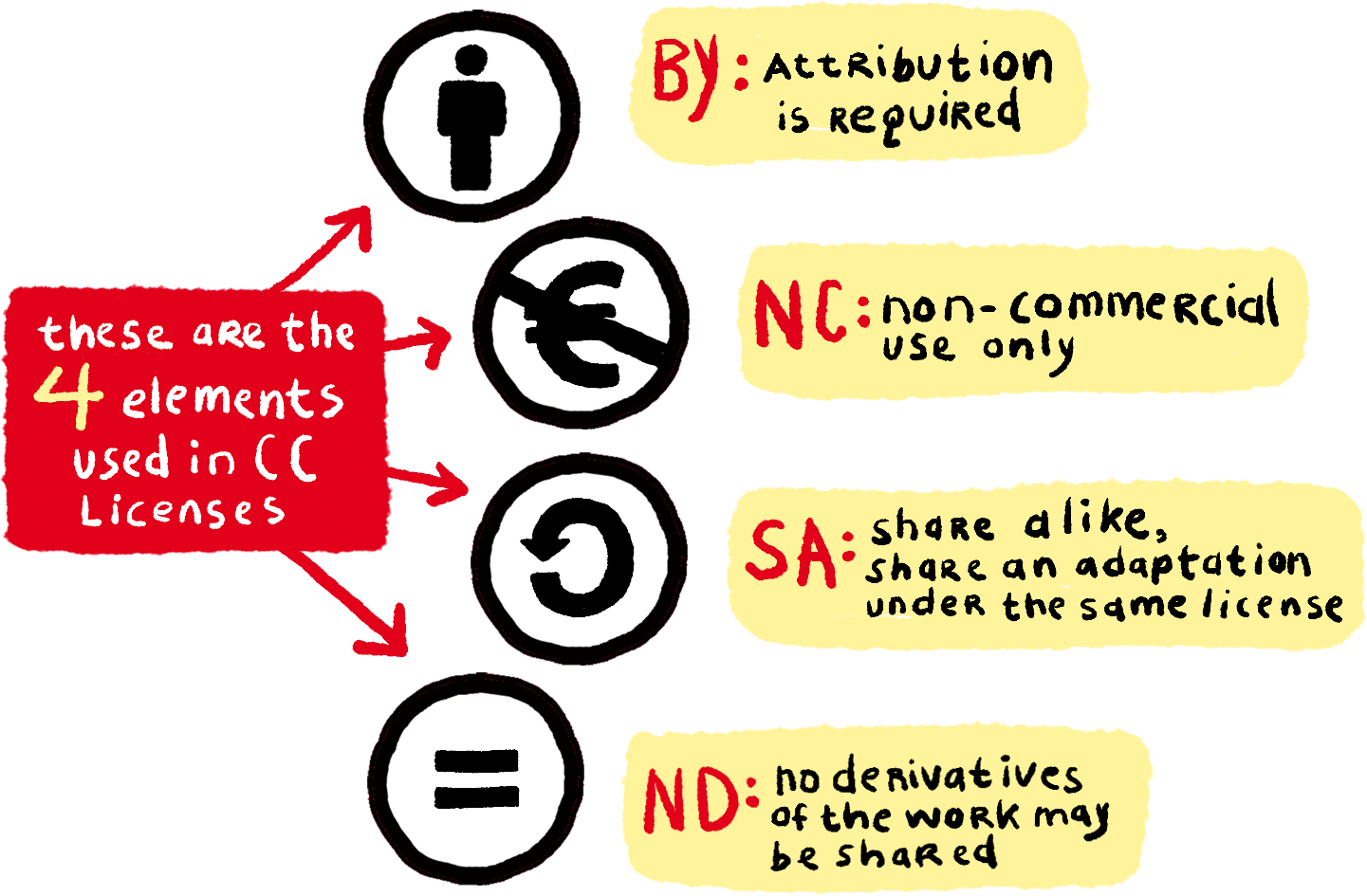
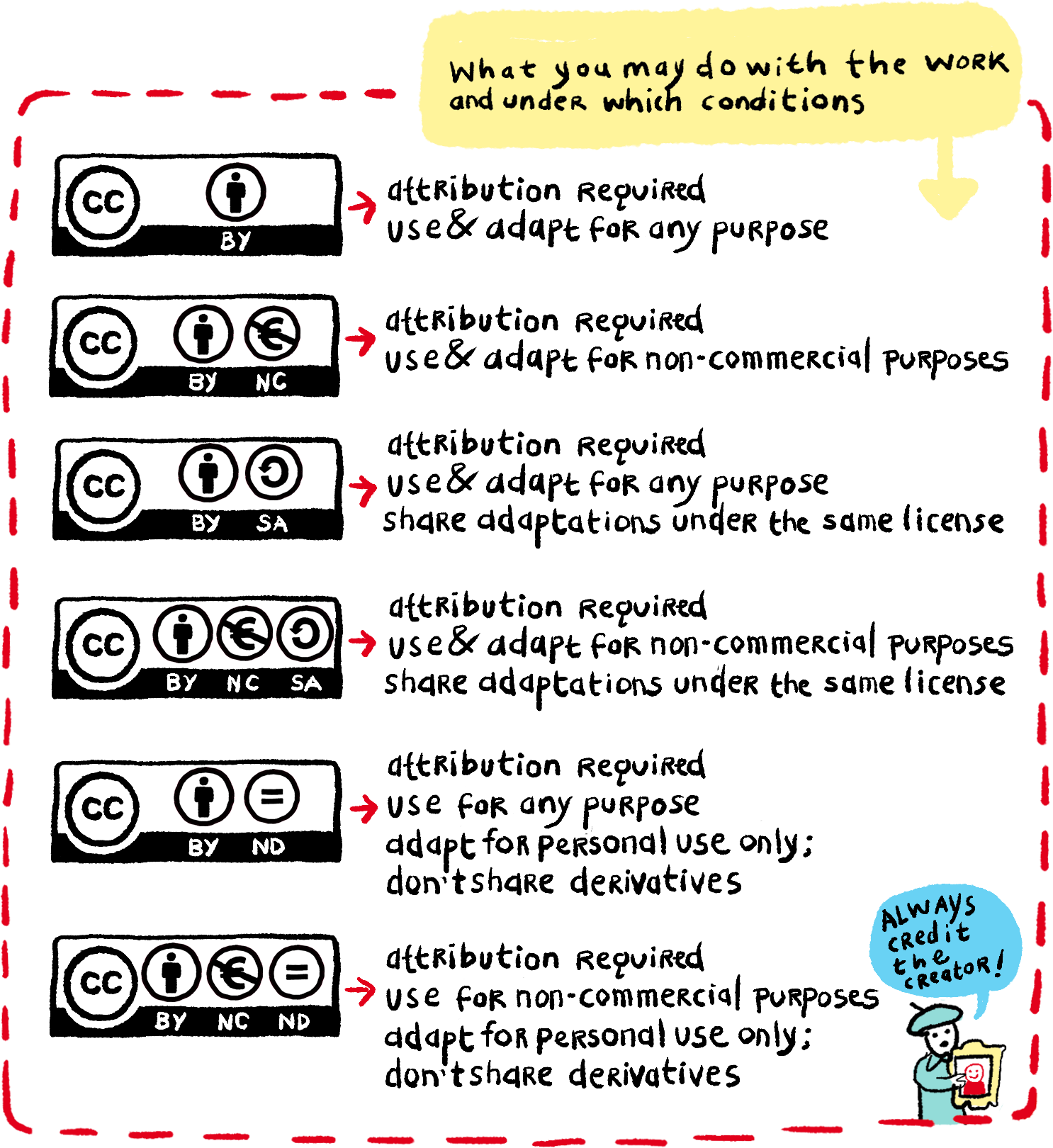
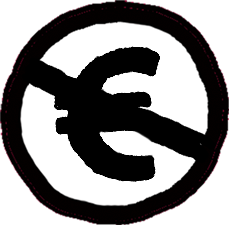 directed towards commercial advantage or monetary compensation.” So, this depends on the use, not the user. For instance, you are a non-profit school and you want to sell your students notebooks with an image on the cover. If that image had a NC license this use would not be permitted.
directed towards commercial advantage or monetary compensation.” So, this depends on the use, not the user. For instance, you are a non-profit school and you want to sell your students notebooks with an image on the cover. If that image had a NC license this use would not be permitted.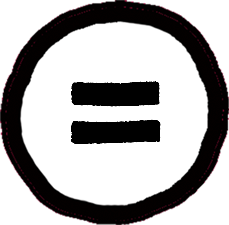

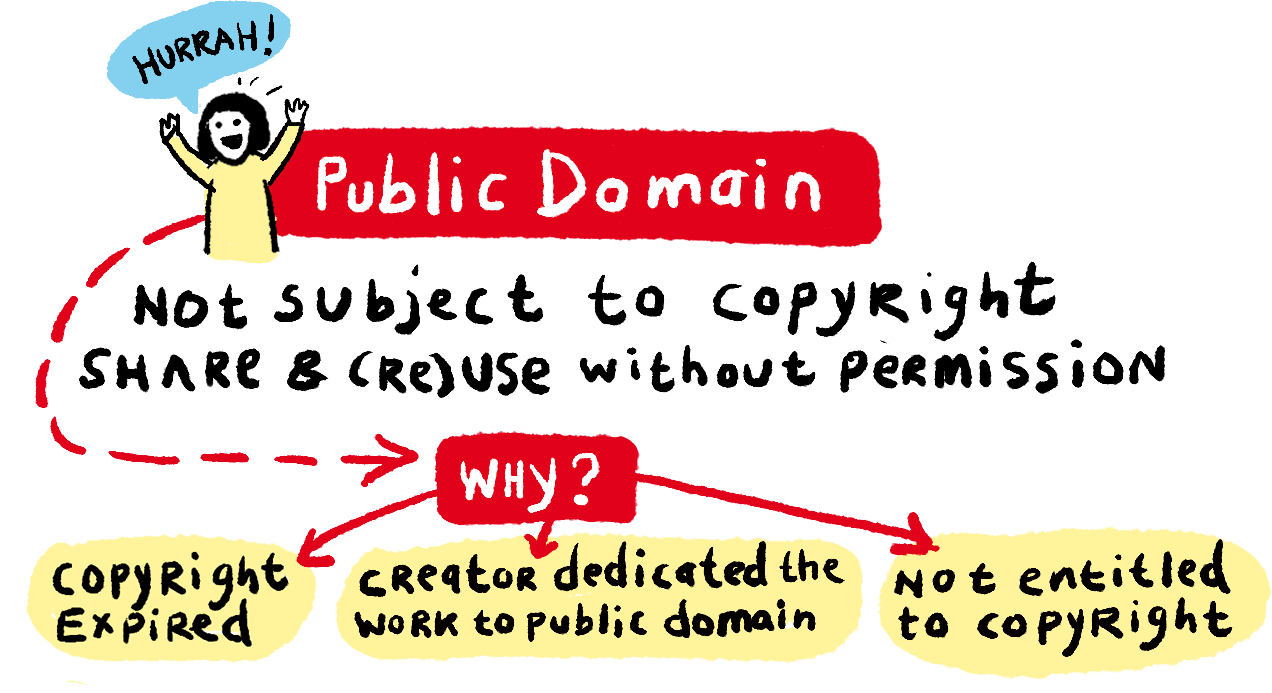
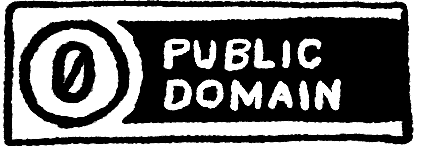 domain. The CC0 license can then be used to show they disclaim copyright on their work. CC0 is a creative commons license. It uses the same design and approach as the other CC licenses. This means it's a copyright tool with a legal approach.
domain. The CC0 license can then be used to show they disclaim copyright on their work. CC0 is a creative commons license. It uses the same design and approach as the other CC licenses. This means it's a copyright tool with a legal approach.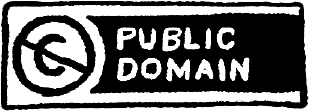
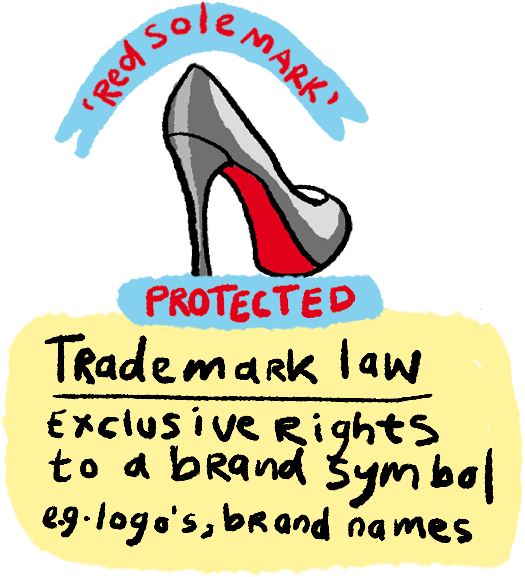
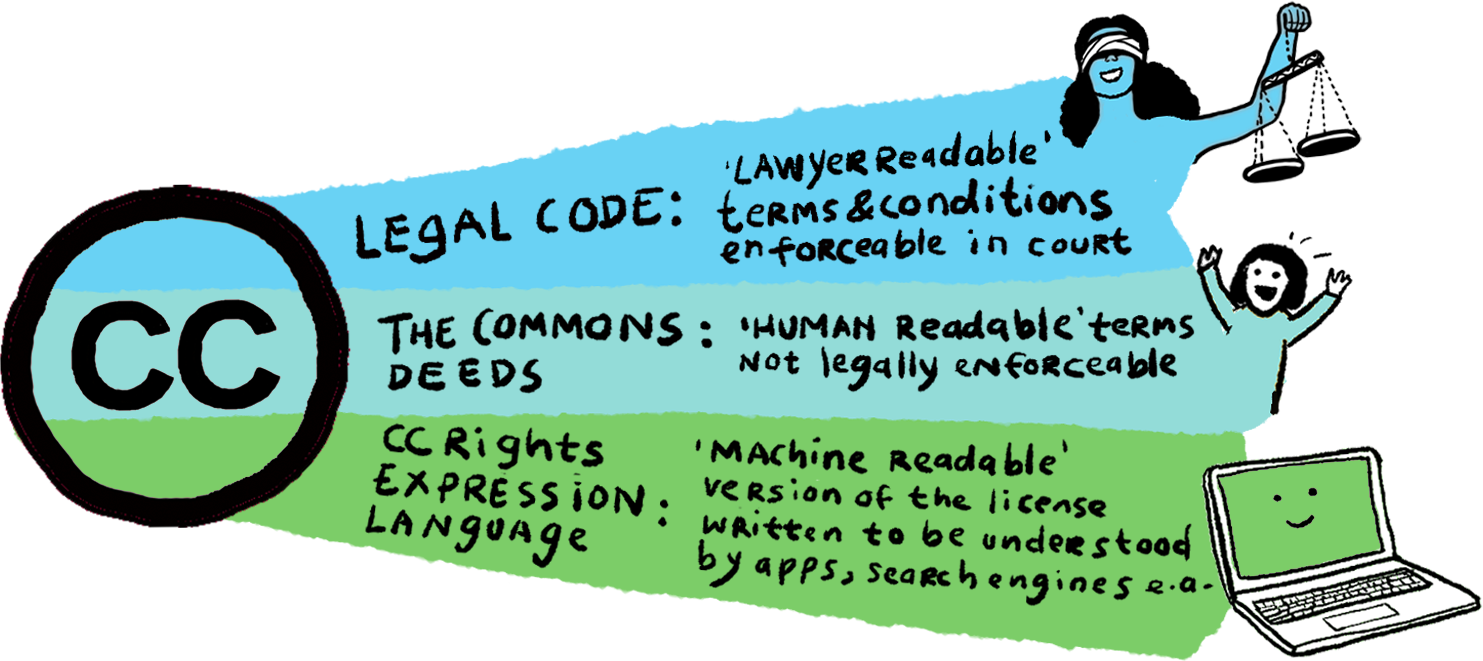
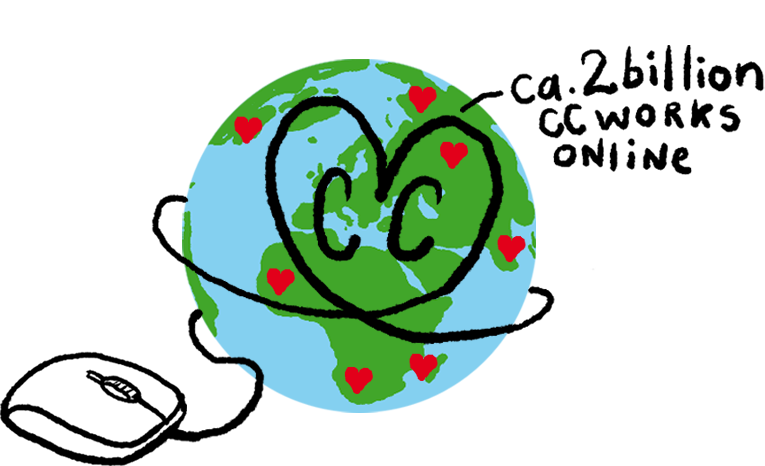 There are many open resources you can find since there are over 2 billion materials with a Creative Commons license online. Open resources can have many forms and formats, e.g. images, video, collections, data, music, texts or complete courses.
There are many open resources you can find since there are over 2 billion materials with a Creative Commons license online. Open resources can have many forms and formats, e.g. images, video, collections, data, music, texts or complete courses.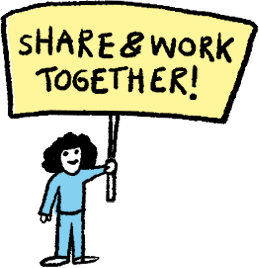
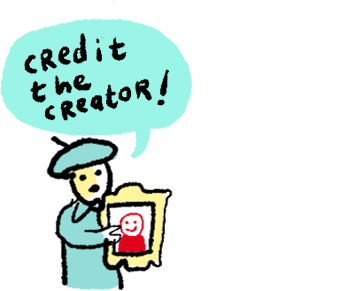
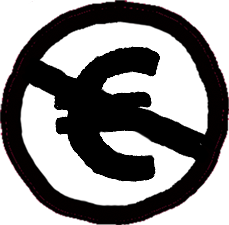
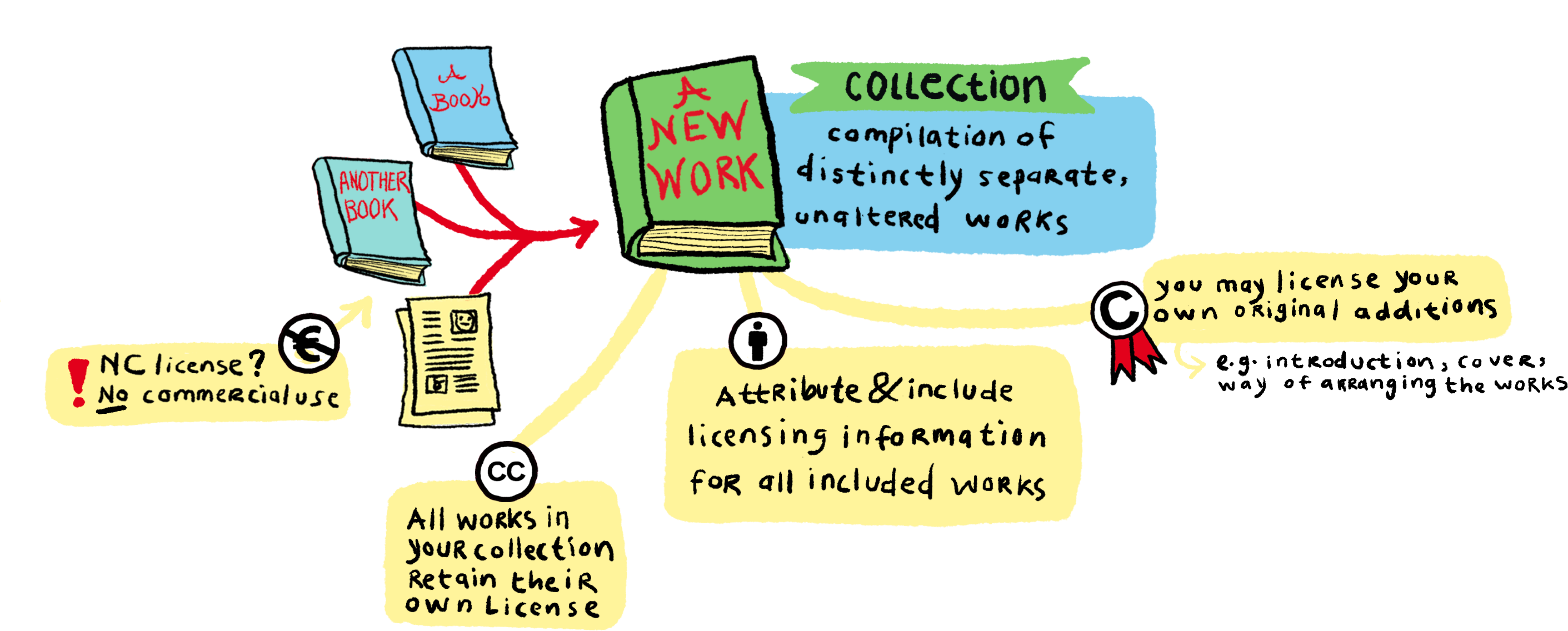
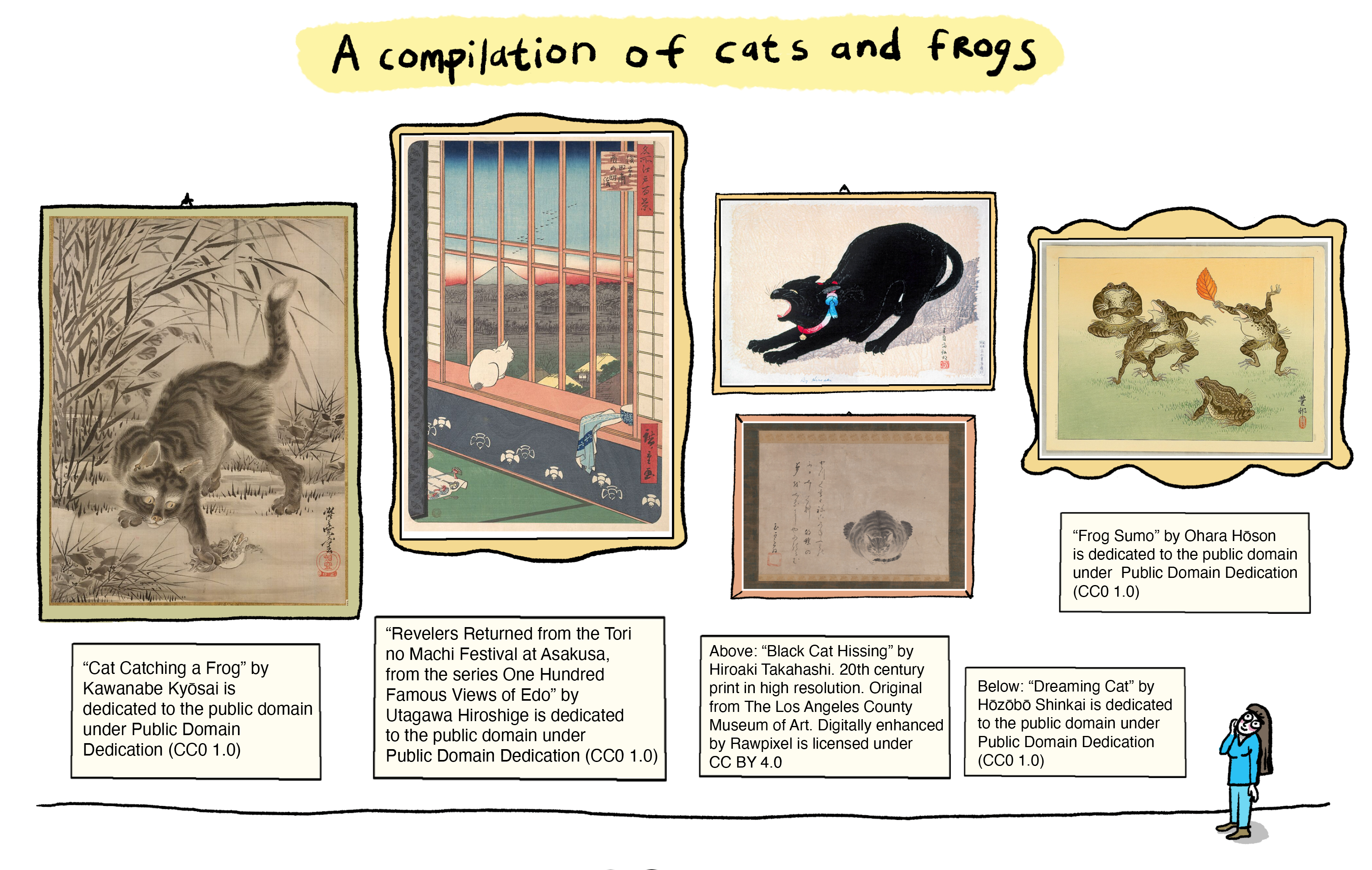
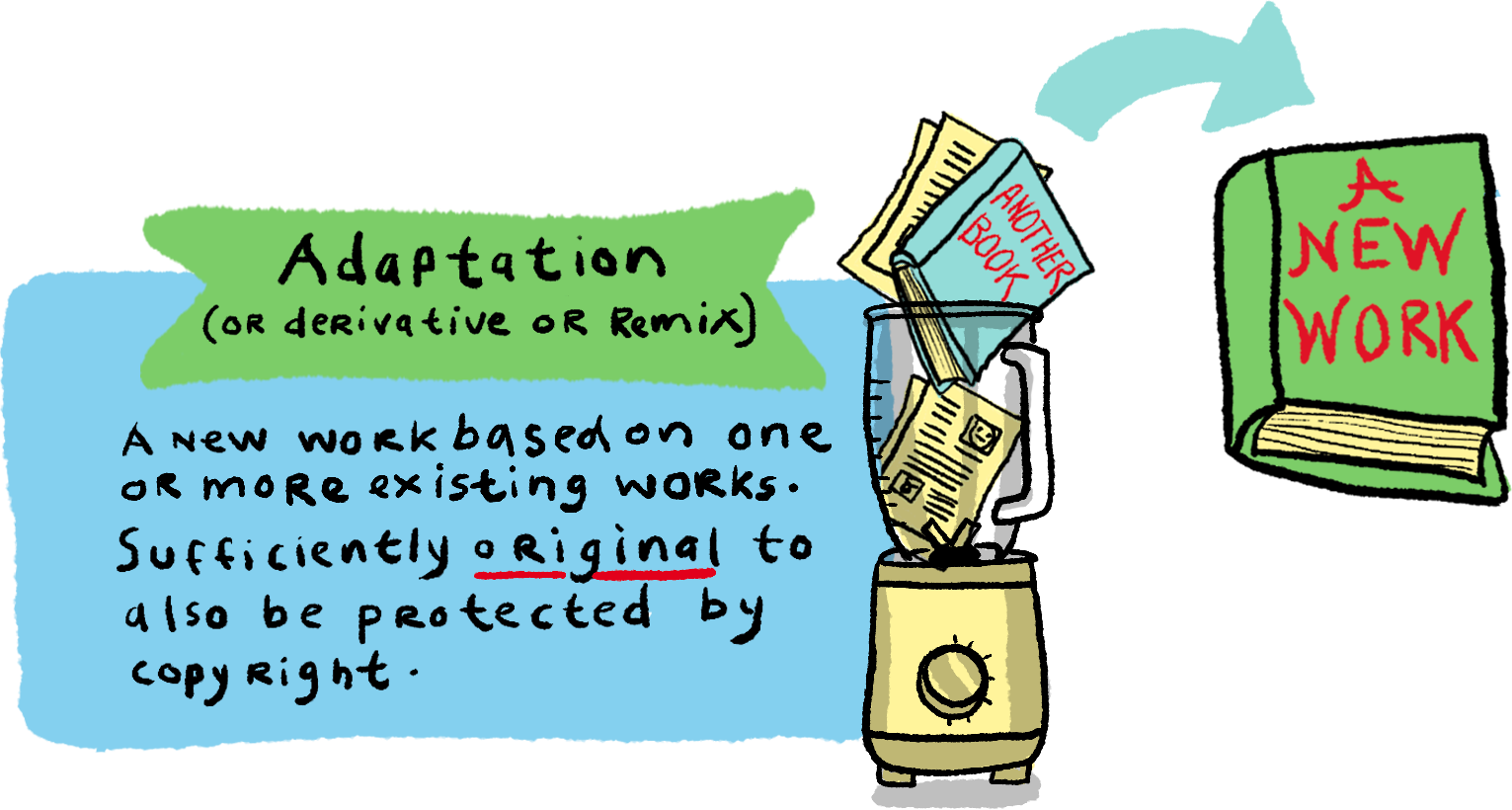

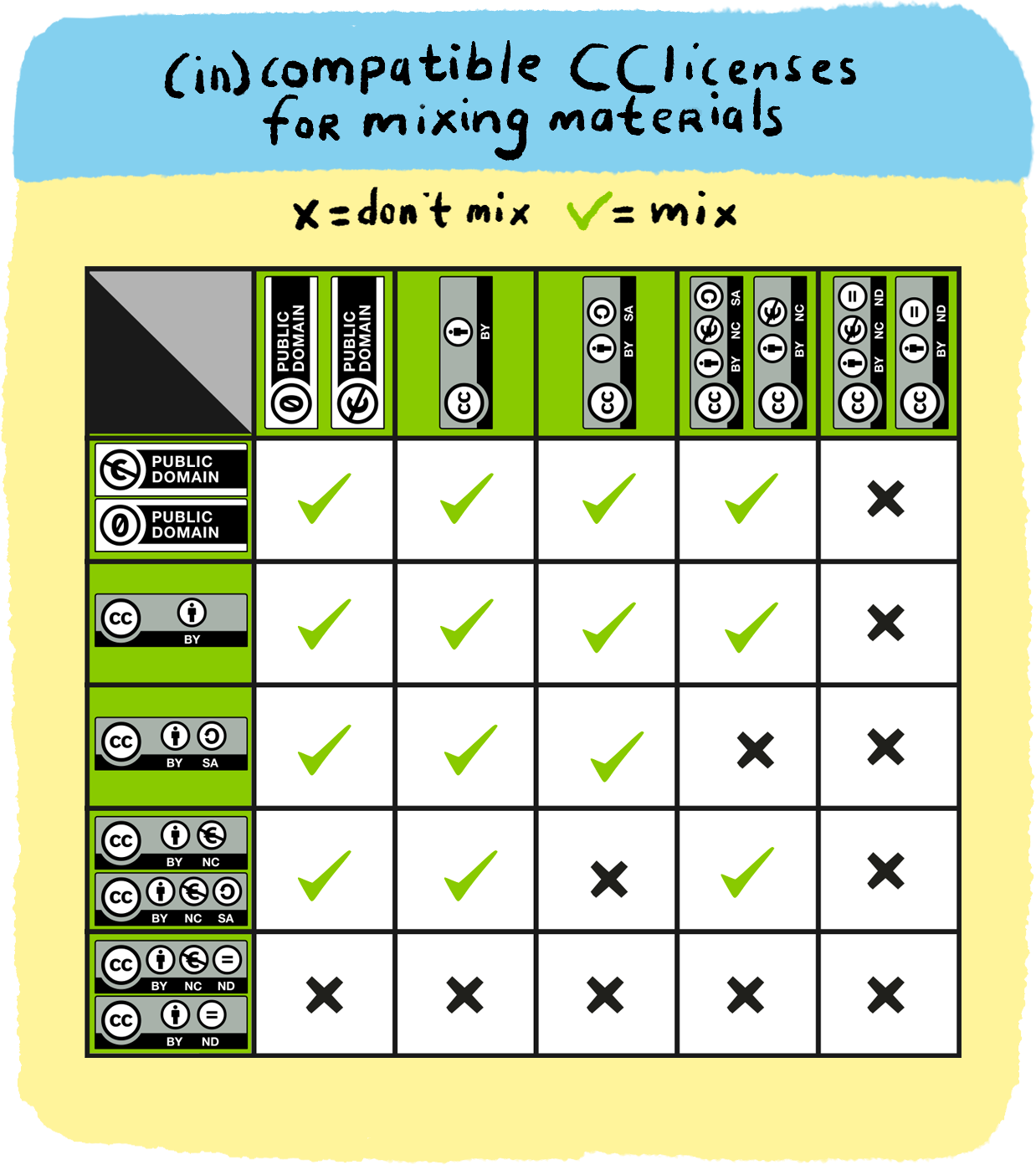
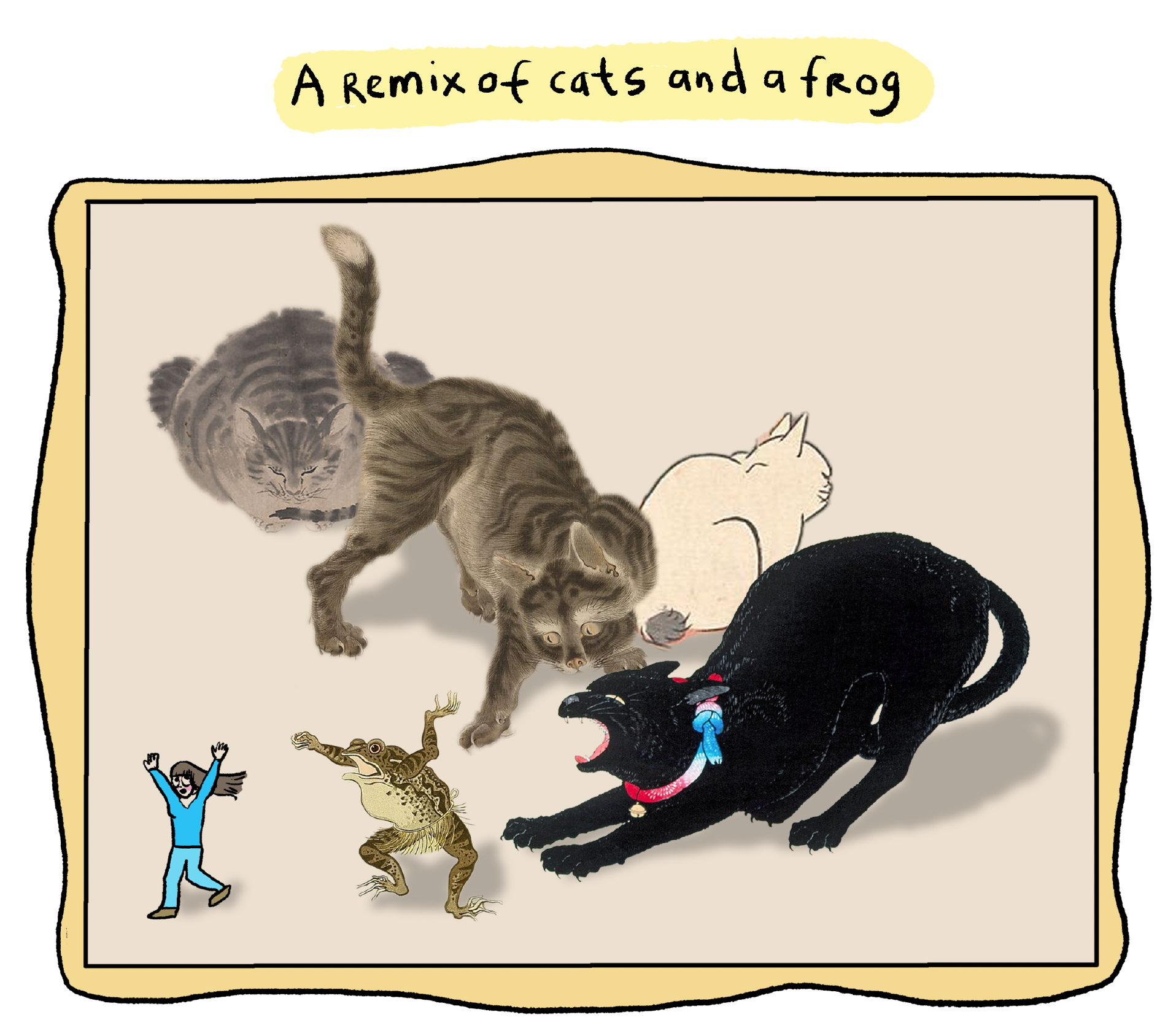
 do not require attribution, though giving credit is considered best practice. This segment advices on attribution required under the Creative Commons licenses. It does not advice on use of specific referral styles (e.g.
do not require attribution, though giving credit is considered best practice. This segment advices on attribution required under the Creative Commons licenses. It does not advice on use of specific referral styles (e.g. 